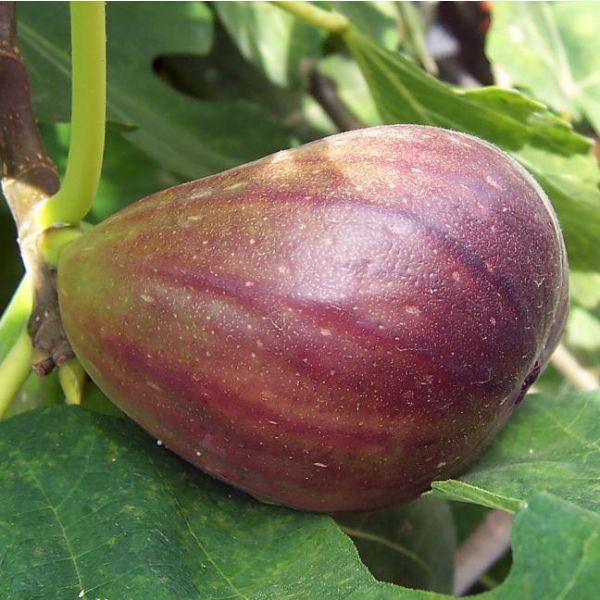Ficus Carica Seeds (Common Fig Seeds)
Ficus Carica Seeds (Common Fig Seeds)
The fig is a picturesque tropical looking tree or shrub with a dramatic spreading habit. The breadth is often wider than the height of 15 to 30 ft.

Delivery
All orders shipped with UPS Express.
Always free shipping for orders over US $250.
All orders are shipped with a UPS tracking number.
Returns
Items returned within 14 days of their original shipment date in same as new condition will be eligible for a full refund or store credit.
Refunds will be charged back to the original form of payment used for purchase.
Customer is responsible for shipping charges when making returns and shipping/handling fees of original purchase is non-refundable.
All sale items are final purchases.
Help
Give us a shout if you have any other questions and/or concerns.
Email: contact@domain.com
Phone: +1 (23) 456 789
Availability: In stock
SKU
Ficus Carica
Ficus carica, commonly known as the Fig Tree, is a deciduous tree native to Western Asia and the Mediterranean region. Renowned for its large, lobed leaves and sweet, succulent fruit, the fig tree has been cultivated for centuries for its edible fruit and ornamental value.
This tree can grow up to 10 meters (32 feet) in height, with a broad, spreading canopy that provides ample shade. The deeply lobed, dark green leaves are a signature feature, and in late spring to summer, the tree produces small, inconspicuous flowers inside the fig fruit, which ripen into sweet, pear-shaped figs, typically green, yellow, or purple depending on the variety.
Ficus carica thrives in well-drained, slightly alkaline soil and prefers full sun for the best fruit production. Once established, it is drought-tolerant but benefits from regular watering during dry periods to encourage abundant fruiting. The tree is hardy in USDA zones 7-10 and can tolerate some frost, though it may need protection in colder climates.
Ideal for home orchards, Mediterranean gardens, or as a specimen tree, Ficus carica is highly valued not only for its delicious fruits, which can be eaten fresh or dried, but also for its ornamental beauty. With proper care, it is a low-maintenance tree that rewards gardeners with a bountiful harvest and stunning foliage.
| Label | Ficus carica |
|---|---|
| Common name | Common Fig |
| Genus | Ficus |
| Species | Ficus carica |
| Germination | Figs produce fertile and sterile seeds; they can easily be separated by immersing the seeds in water. The fertile ones sink while the sterile ones float. Sow the common figs seeds on the surface of a Peaty seed sowing mix at about 25øC. Ficus Carica seeds will usually germinate in 15-90 days, but even under good conditions germination may be erratic. The seeds will only germinate with light. The seedlings can then be pricked out and potted into individual pots and grown on after the fourth leaf is out. Seedlings are tiny but grow fairly quickly after the slow initial phase. |
| Price View | Price Range |

